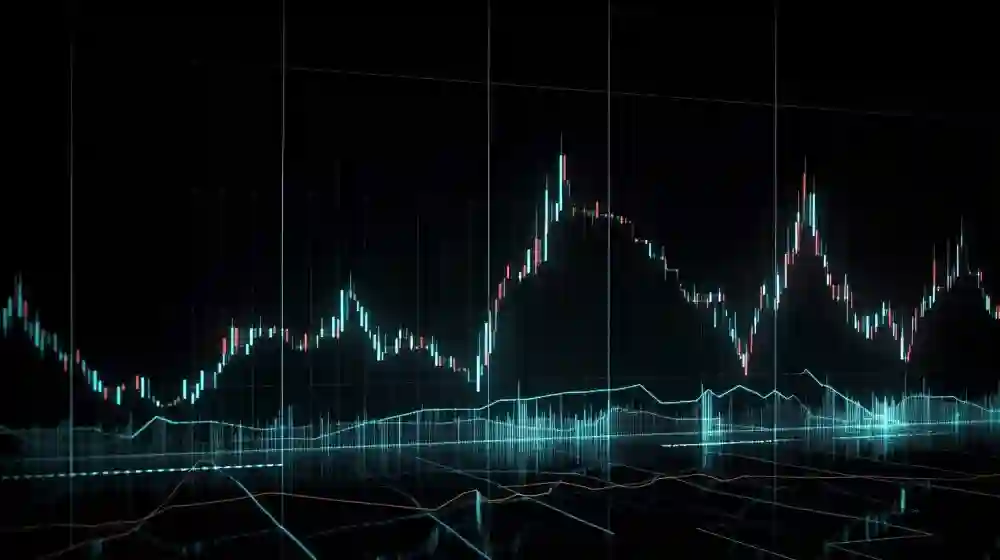Exploring Intermarket Analysis for More Robust Forex Robot Strategies
- 928 Views
- Nicholas Éric
- May 7, 2024
- Forex & Crypto
In the intricate world of Forex trading, success often hinges on the ability to decipher complex interrelationships between different financial markets and asset classes. Intermarket analysis, a comprehensive approach to market analysis that considers the interdependencies and correlations among various markets, offers valuable insights for developing robust and adaptive Forex robot strategies. By examining the interactions between currencies, commodities, stocks, bonds, and other asset classes, traders can gain a deeper understanding of market dynamics and identify trading opportunities with greater precision. This article delves into the concept of intermarket analysis, its relevance to Forex trading, and strategies for incorporating intermarket analysis into Forex robot strategies to enhance performance and profitability.
Understanding Intermarket Analysis:
Intermarket analysis is a holistic approach to market analysis that considers the relationships and interactions between different financial markets and asset classes. Developed by renowned analyst John J. Murphy, intermarket analysis recognizes that financial markets are interconnected and that developments in one market can have ripple effects across others. By analyzing the correlations, divergences, and trends among various markets, traders can gain insights into broader economic trends, investor sentiment, and risk appetite, informing their trading decisions across different asset classes.
Key Concepts of Intermarket Analysis:
Asset Class Interdependencies:
Intermarket analysis examines the interdependencies between different asset classes, including currencies, commodities, stocks, bonds, and indices. For example, changes in commodity prices, such as oil or gold, can impact currency pairs associated with commodity-exporting or importing countries. Similarly, movements in stock markets can influence currency valuations, reflecting shifts in investor sentiment and risk appetite.
Correlations and Divergences:
Intermarket analysis identifies correlations and divergences between different markets, highlighting patterns of co-movement or divergence that can offer valuable trading signals. Positive correlations indicate markets that move in tandem, while negative correlations suggest markets that move in opposite directions. By monitoring correlations and divergences, traders can identify potential trading opportunities and anticipate market trends.
Leading, Lagging, and Coincident Indicators:
Intermarket analysis utilizes leading, lagging, and coincident indicators to assess the relationship between different markets and forecast future price movements. Leading indicators, such as bond yields or commodity prices, precede changes in other markets and can signal potential shifts in sentiment or economic conditions. Lagging indicators, such as unemployment rates or corporate earnings, reflect past developments and confirm trends observed in other markets. Coincident indicators, such as GDP growth or consumer spending, move in tandem with changes in economic activity and provide insights into current market conditions.
Safe-Haven Assets and Risk Appetite:
Intermarket analysis considers the role of safe-haven assets, such as gold, bonds, or the Japanese yen, in times of market uncertainty or risk aversion. During periods of heightened volatility or geopolitical tensions, investors tend to flock to safe-haven assets as a hedge against market turbulence, leading to specific patterns of price behavior across different markets. By analyzing the dynamics of safe-haven assets and risk appetite, traders can gauge market sentiment and adjust their trading strategies accordingly.
Incorporating Intermarket Analysis into Forex Robot Strategies:
Currency-Cross Analysis:
Forex robot strategies can incorporate currency-cross analysis, which examines the relationships between currency pairs and other asset classes, such as commodities or equities. By monitoring correlations between currency pairs and related markets, Forex robots can identify trading opportunities based on intermarket trends and correlations. For example, a Forex robot may enter a long position in a commodity-linked currency pair (e.g., AUD/USD) if commodity prices are rising, signaling potential strength in the underlying currency.
Commodity-Currency Relationships:
Forex robots can analyze the relationships between commodity prices and currency pairs associated with commodity-exporting or importing countries. For instance, a Forex robot may adjust its trading strategy for commodity-linked currencies, such as the Canadian dollar (CAD) or Australian dollar (AUD), based on trends in commodity prices, such as oil or gold. By incorporating commodity-currency relationships into their strategies, Forex robots can capitalize on trends in commodity markets to inform currency trading decisions.
Equity Market Analysis:
Forex robots can monitor correlations between currency pairs and stock market indices to identify potential trading opportunities. For example, a Forex robot may adjust its trading strategy for currency pairs associated with countries with strong equity markets, such as the US dollar (USD) and the S&P 500 index. By analyzing correlations between currency pairs and stock indices, Forex robots can adapt to changes in investor sentiment and risk appetite, optimizing trading performance across different market conditions.
Bond Market Indicators:
Forex robots can utilize bond market indicators, such as government bond yields or interest rate differentials, to inform currency trading decisions. For example, a Forex robot may adjust its trading strategy for currency pairs based on interest rate differentials between countries, capitalizing on carry trade opportunities or adjustments in monetary policy expectations. By monitoring bond market indicators, Forex robots can anticipate changes in currency valuations and adjust trading strategies accordingly.
Global Economic Indicators:
Forex robots can incorporate global economic indicators, such as GDP growth rates, inflation data, or employment reports, into their trading strategies to gauge economic conditions and currency valuations. For instance, a Forex robot may adjust its trading strategy for currency pairs based on divergences in economic data releases between countries, identifying potential trends or reversals in currency valuations. By analyzing global economic indicators, Forex robots can adapt to changes in macroeconomic conditions and optimize trading performance.
Conclusion:
Intermarket analysis offers a comprehensive framework for understanding the interdependencies and correlations between different financial markets and asset classes, providing valuable insights for Forex trading. By incorporating intermarket analysis into Forex robot strategies, traders can gain a deeper understanding of market dynamics, identify trading opportunities with greater precision, and optimize performance across diverse market conditions. By leveraging currency-cross analysis, commodity-currency relationships, equity market analysis, bond market indicators, and global economic indicators.





